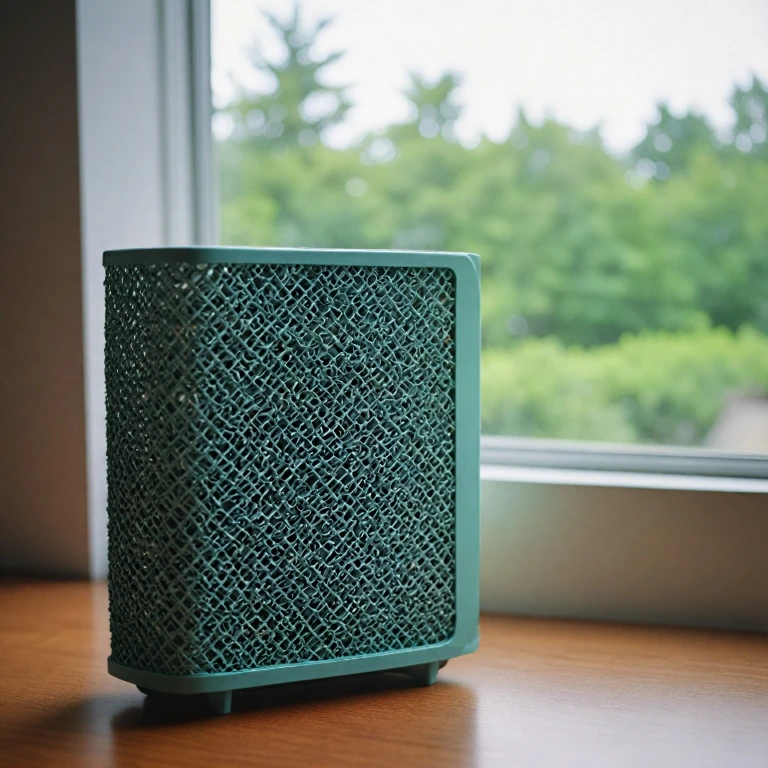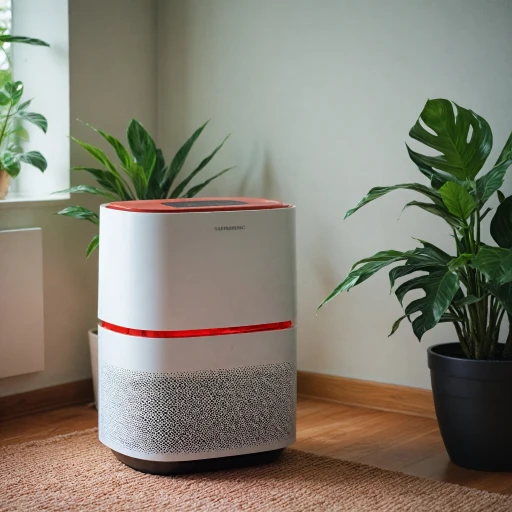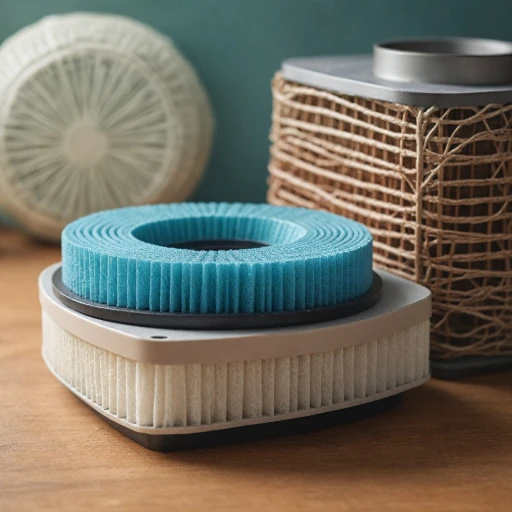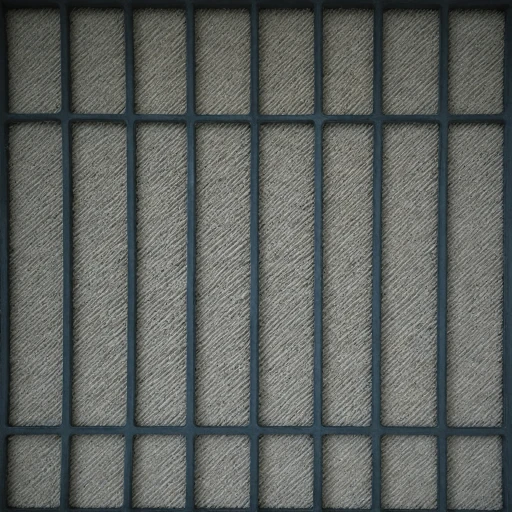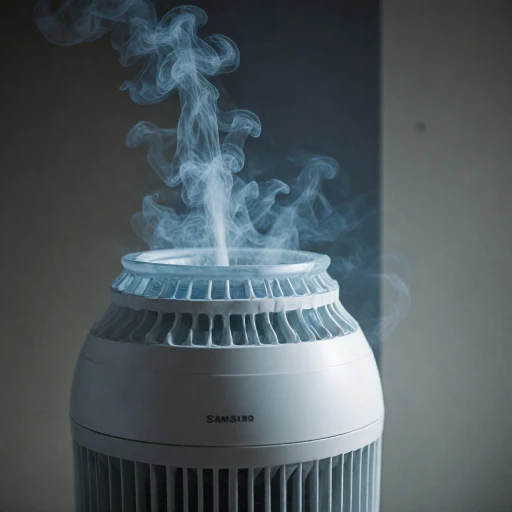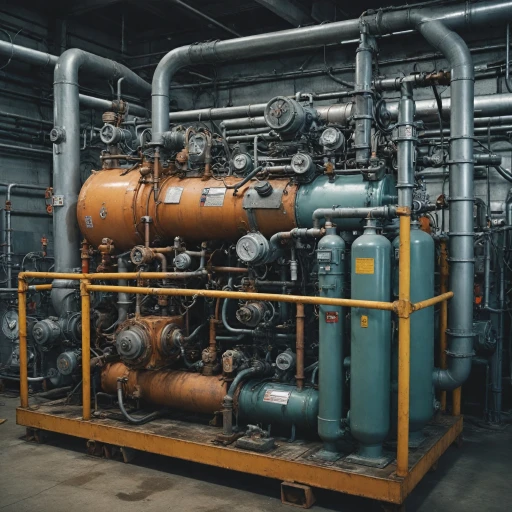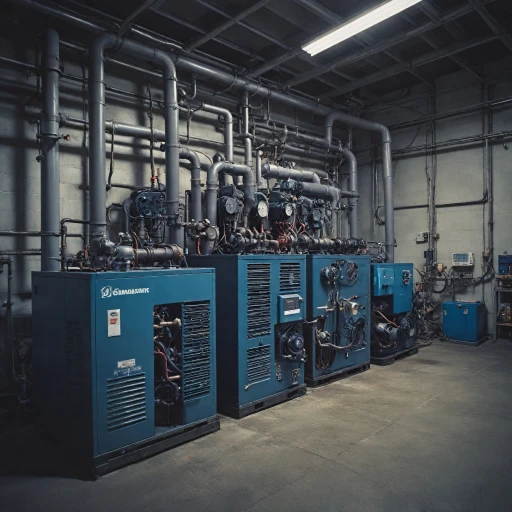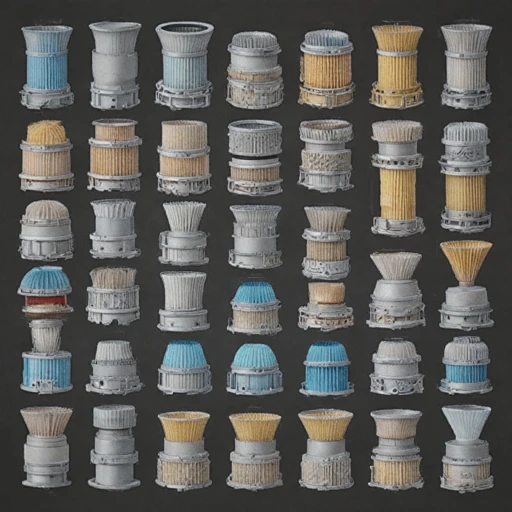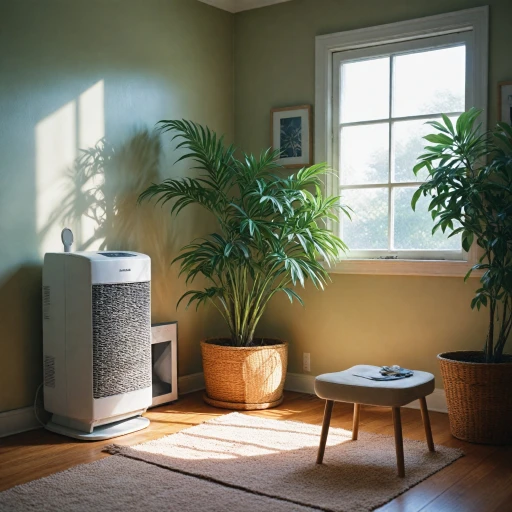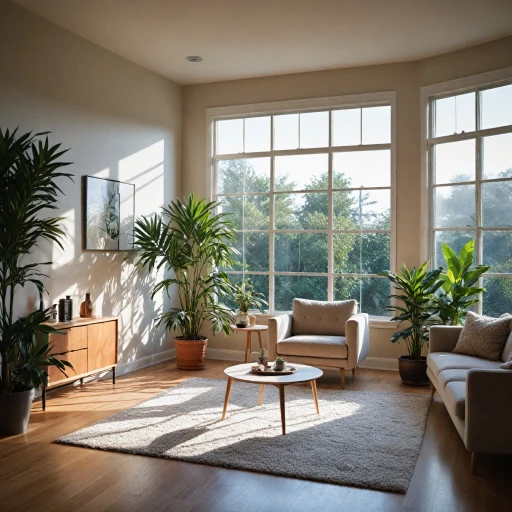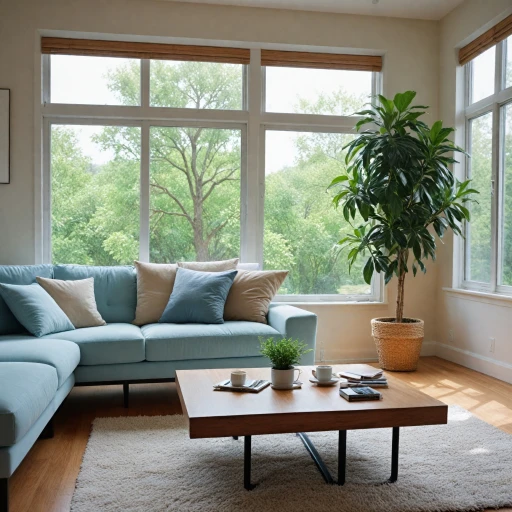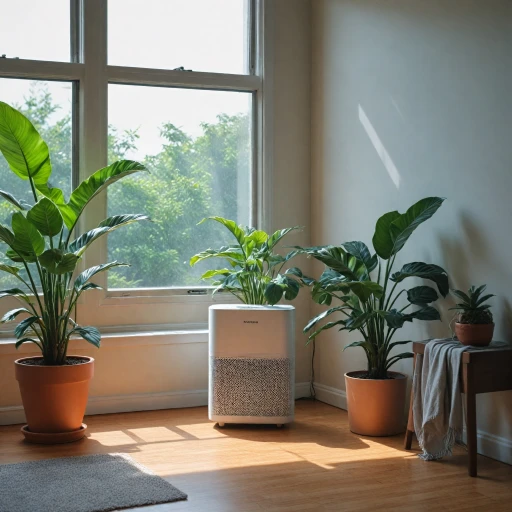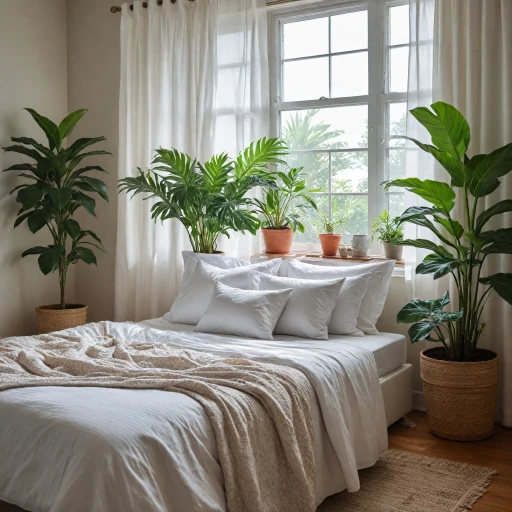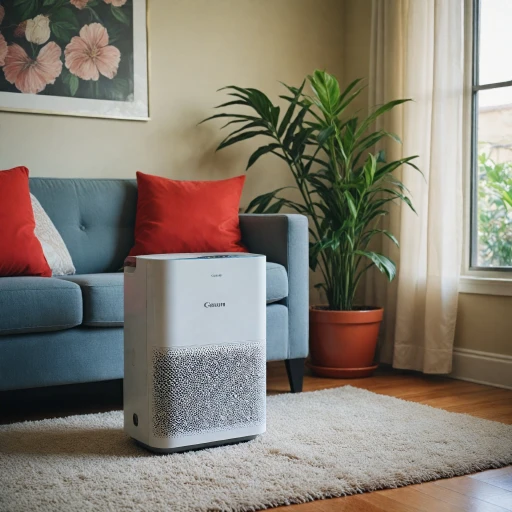
The Basics of Airflow Air Filters
Introduction to Airflow Air Filters
Airflow air filters are essential components in various filtration systems, designed to improve air quality by capturing and eliminating particles such as dust, allergens, and other pollutants from the air. With the growing concern for indoor air quality, these filters play a crucial role in maintaining a healthy environment. Air filters vary in design and function, depending on the systems they are employed in, whether it's a home HVAC system, furnace, or air conditioner. The efficiency of an airflow filter is often determined by its MERV rating, which assesses the filter's ability to capture larger particles between 0.3 to 10 microns. Higher MERV ratings indicate better filtration effectiveness, but can also impact the airflow through the filter.Understanding the Components
Typically, airflow air filters consist of pleated materials that trap pollutants without overly restricting air flow. This pleated design is crucial as it maximizes the surface area available for particle capture, enhancing the filter's capacity and lifespan. Filtrete and other similar products offer various filter packs, which cater to different filtration needs, from standard furnace filters to more specialized oil mist capturing solutions. Choosing the right filter pack depends on your specific system and the level of air quality you wish to achieve. To explore more about enhancing air quality in different spaces, consider understanding how effective filters can make a difference in environments like RVs enhancing air quality in your RV.Key Considerations
While evaluating the right airflow air filters, several factors come into play:- Price and Availability: Check availability in a trusted store and consider the cost of filter replacement over time.
- System Compatibility: Ensure the chosen filter fits seamlessly with your HVAC system or other airflow systems.
- Filter Ratings: Compare MERV and MPR ratings to find the balance between air filtration and efficiency.
- Maintenance Needs: Understand how frequently the filter will require replacement to maintain optimal air quality.
How Airflow Affects Filter Efficiency
Impact of Airflow on Filter Performance
Airflow plays a crucial role in determining the efficiency of air filters used in various systems. Understanding this relationship is vital for optimizing filtration effectiveness and, ultimately, enhancing indoor air quality. Here’s how airflow impacts filter efficiency:- Velocity and Efficiency: When the air flows at an appropriate velocity through a filter, it allows for optimal capture of particles such as dust and oil mist. If the airflow is too fast, smaller particles may not be trapped effectively by the filtration system, reducing the efficiency.
- Pressure Drop Considerations: Systems like HVAC and furnaces must manage pressure drop—the resistance the air encounters as it passes through the filter. Too high of a pressure drop can lead to decreased system performance and increased energy consumption, essentially reflecting on the price airflow management in filtration systems.
- Filter Design and Airflow Adaptation: Filters are designed to work efficiently with specific airflow rates. For example, pleated air filters and higher MERV-rated products are often used in systems that can handle different airflow conditions without compromising filtration efficiency. These designs help in capturing various sizes of pollutants effectively.
Types of Airflow Air Filters
Exploring Different Airflow Filter Options
When it comes to selecting the right airflow air filter for your needs, understanding the different types available is crucial. Each type of filter offers unique benefits and is suited for specific applications. Here's a closer look at some common types of airflow air filters:
- Pleated Air Filters: These filters are popular due to their ability to capture a wide range of particles. With a higher MERV rating, pleated filters can trap dust, pollen, and even some bacteria. They are often used in HVAC systems and are available in various sizes and filter packs.
- HEPA Filters: Known for their high efficiency, HEPA filters are capable of capturing particles as small as 0.3 microns. They are ideal for environments where air quality is a top priority, such as hospitals and clean rooms. However, they may require more frequent replacement due to their dense filtration.
- Electrostatic Filters: These filters use an electric charge to attract and trap particles. They are washable and reusable, making them a cost-effective option over time. However, their efficiency can vary, and they may not be suitable for capturing very fine particles.
- Activated Carbon Filters: While not primarily used for particle filtration, activated carbon filters excel at removing odors and volatile organic compounds (VOCs) from the air. They are often used in conjunction with other filters in air purifiers to enhance overall air quality.
- Fiberglass Filters: These are the most basic type of air filter, typically used in residential furnace and air conditioner systems. They are inexpensive but less effective at capturing smaller particles compared to pleated or HEPA filters.
Choosing the right filter depends on your specific needs, such as the level of air quality you desire and your budget. It's also important to consider the MERV rating, which indicates the filter's efficiency in trapping particles. Higher MERV ratings generally mean better filtration but can also affect airflow in your HVAC system. Regular replacement of filters is essential to maintain optimal performance and prolong the life of your system.
Choosing the Right Airflow Air Filter
Selecting the Optimal Airflow Air Filter for Your Needs
When it comes to improving indoor air quality, choosing the right airflow air filter is crucial. The type of filter you select can affect everything from dust capture to the overall performance of your HVAC system. Here’s a guide to help you wade through the options and find the right fit for your airflow systems.- Understand MERV Ratings: The Minimum Efficiency Reporting Value (MERV) rating is a key indicator of a filter's ability to capture particles. The higher the MERV rating, the more effective the filter is at trapping pollutants. However, be mindful: filters with super high MERV ratings can sometimes restrict airflow, potentially straining your HVAC system.
- Consider Filter Type and Material: Choices vary, ranging from pleated filters, which are known for superior dust retention, to more specialized filtration products like furnace filters or filtrete filters you'll find at the store. Each type has its unique strengths; pleated air or furnace filters tend to balance efficiency with airflow.
- Price and Replacement: Cost is always a consideration. While higher quality filters may have a higher price tag and initial expense, they often offer longer replacement cycles and higher efficiency. Keep in mind that regularly replacing your filter pack or furnace air filters can sustain better air flow and extend the longevity of your HVAC system.
- Application Specifics: Whether you need a solution for your air conditioner, furnace, or an advanced HVAC system, ensure that the selected filter suits the specific requirements of your setup. For instance, if your application involves oil mist, you might need a specialized filter to handle such particulates.
Maintenance and Longevity of Airflow Air Filters
Maintaining Your Airflow Air Filters for Optimal Performance
To ensure your airflow air filters function efficiently, regular maintenance is a must. Whether you're dealing with an HVAC or a furnace system, keeping these filters in top condition can make all the difference in your home's air quality and the lifespan of your filtration system.- Routine Inspections: Check your filters routinely for dust and debris accumulation. Clogged filters can significantly reduce airflow, affecting the system's efficiency. Pleated air filters, while effective at capturing particles, tend to require more frequent checks due to their dense construction.
- Regular Replacements: Most air filters, including pleated, furnace, and air conditioner filters, should be replaced every 3 to 6 months, depending on usage and the specific environment. MERV and MPR rated filters, particularly those with higher ratings, might necessitate even more frequent changes to maintain peak air flow and quality.
- Choosing Compatible Replacements: When selecting a replacement filter, ensure compatibility with your existing system. A mismatch could lead to decreased efficiency and possibly damage to the system itself. Products with high MERV ratings are generally more effective at filtration but may require adjustments to your airflow system.
- Understanding Filter Ratings: Familiarize yourself with different filter ratings, such as MERV and MPR, which indicate a filter's ability to capture specific particle sizes. Higher ratings typically mean better filtration, but they might also come with a price. Weigh your needs against the price airflow considerations for the best choice.
- Follow Manufacturer Guidelines: Adhering to manufacturer guidelines for maintenance and replacement schedules is key to maximizing the longevity of your airflow products. This often involves verifying MERV ratings and opting for a suitable filter pack for a furnace air or oil mist system.
- Optimal Storage Practices: Store your filter packs in a dry, dust-free environment. Proper storage can preserve their efficacy and ensure that when it’s time for a replacement, your filters are ready to perform.
Innovations in Airflow Air Filter Technology
Emerging Trends and Technological Advancements
The realm of airflow air filters has seen significant advancements, enhancing both performance and convenience. As consumer demands for improved air quality rise, manufacturers are pushing the boundaries of technology. One notable shift is the development of smart air filtration systems. These systems leverage connected technology, allowing users to monitor and adjust settings via mobile apps, ensuring optimal airflow and filtration efficiency in real-time.
In addition to connectivity, innovations in filter materials have been a game changer. Pleated air filters, known for their high MERV ratings, offer superior dust and particle retention. Manufacturers are continuously enhancing the design of these pleated filters to maximize surface area without hindering airflow, further increasing their MPR rating and effectiveness in HVAC systems.
Eco-friendly air filter options are also gaining traction, with products designed to be both effective and sustainable. These filters minimize environmental impact by using renewable resources and promoting easy recycling or disposal, aligning with the growing eco-conscious consumer base. Furthermore, advancements in filter replacement alerts have simplified maintenance, ensuring that the systems deliver the desired air quality without interruption.
Innovations are not limited to residential use but extend to commercial settings where HVAC systems play a critical role. The introduction of advanced filtration technologies in large-scale environments helps maintain a healthy indoor environment while also being energy efficient—a key consideration given the higher price of industrial-grade filtration systems.
Finally, the integration of antimicrobial coatings in filters is an exciting development. These coatings help in minimizing the growth of bacteria and mold on filters, ensuring not only cleaner air but also a longer filter lifespan, effectively reducing the frequency of replacement filter purchases.
As technology continues to evolve, the role of airflow air filters in purifiers will remain a crucial aspect of achieving superior indoor air quality. While the initial price may be higher for cutting-edge systems, the long-term benefits, combined with enhanced convenience and better air flow control, make these innovations a wise investment for any household or business.
